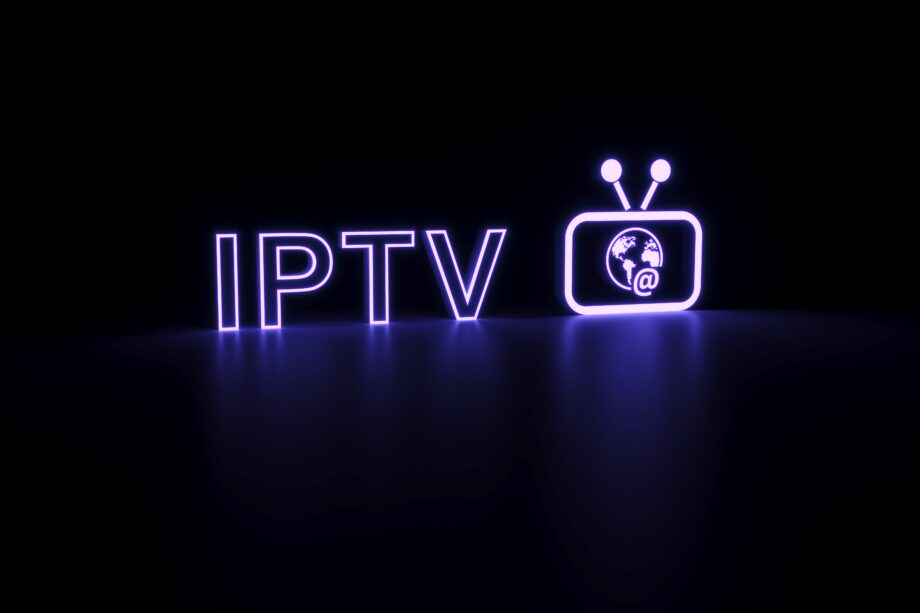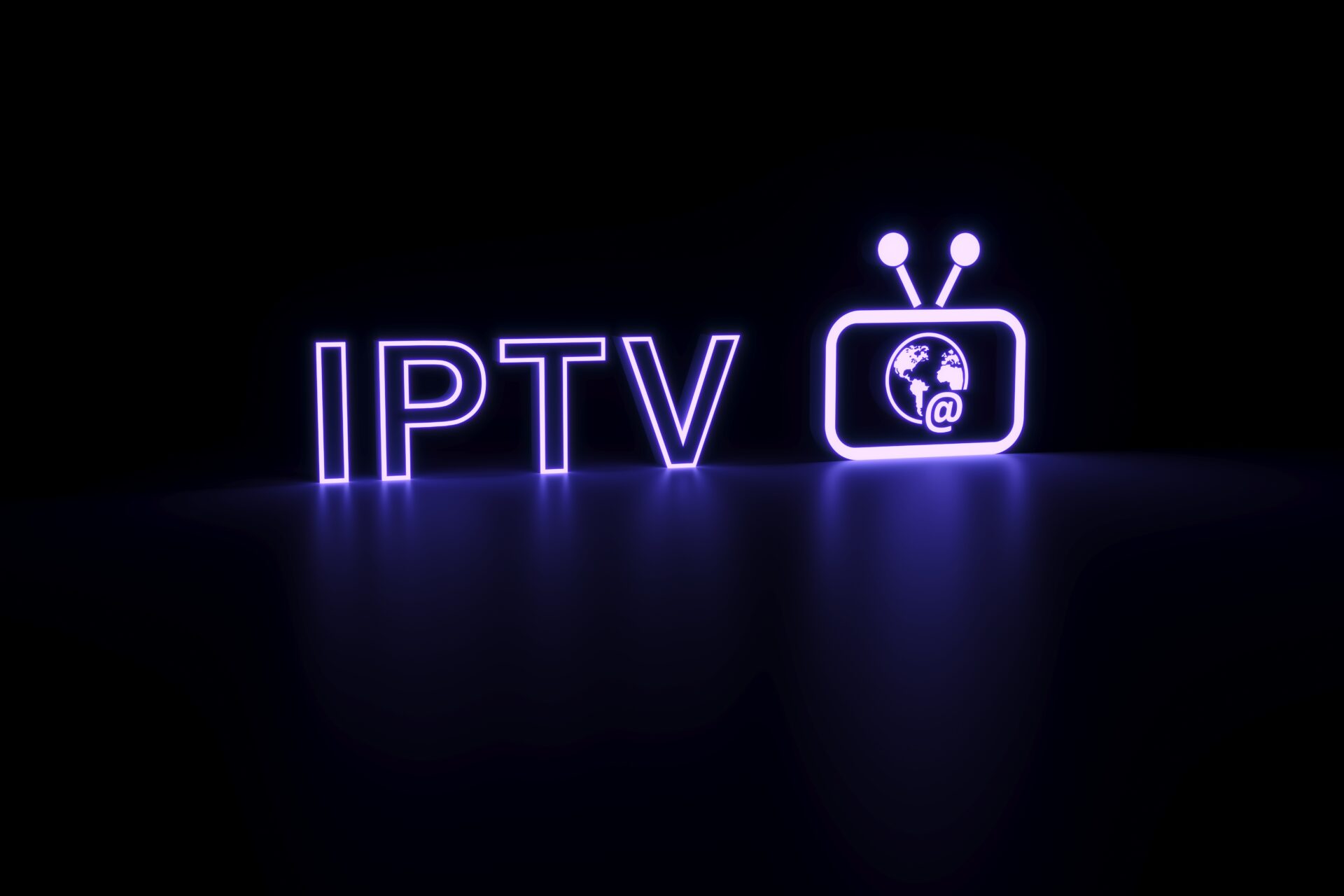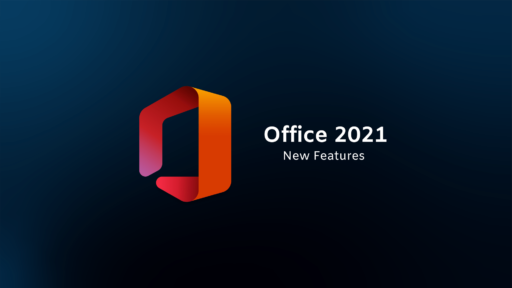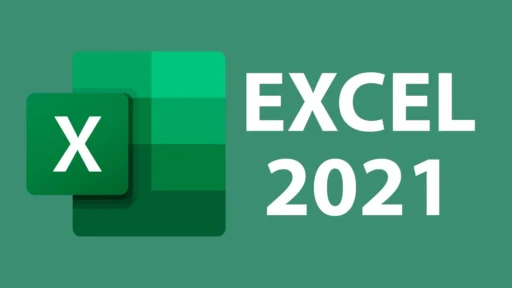Imagine watching your favorite TV shows, movies, and sports events anytime, anywhere, using just your internet connection. That’s the magic of IPTV, or Internet Protocol Television. IPTV is revolutionizing media consumption by providing TV services via broadband internet, contrary to traditional broadcasting solutions. It puts interactive features, on-demand programming, and live TV all at your fingertips.
In this article, we’ll explore the revolutionary world of IPTV, how it works, and its key advantages and disadvantages.
Table of Contents
What is IPTV?
IPTV started as a technological breakthrough and has quickly evolved to redefine our entertainment experience. It was designed to address the limitations of conventional TV delivery. Today, IPTV includes advanced features like personalized content recommendations, multi-device access, and high-definition (HD) and ultra-high-definition (UHD) video streaming. IPTV is a major force in modern entertainment changing how viewers engage with television.

How Does IPTV Work?
Technical Overview
IPTV works by converting traditional TV signals into digital data streams that use internet protocols. Here are the main components of IPTV:
- Content Sources: IPTV providers like HelixIPTV source content from various channels, movies, and other media. This content can come from broadcasters, content creators, or third-party distributors.
- Encoding: Before transmission, content is compressed and encoded into formats compatible with IP networks, such as MPEG-2 or H.264. This process enables effective streaming by minimizing file sizes without reducing quality.
- Servers: Servers store and distribute the encoded video streams to subscribers. They ensure users receive their chosen content with minimal delay or interruptions.
- Middleware: This software manages IPTV services, including application interfaces, content management systems, and interactive guides. Middleware helps users navigate channels and access content seamlessly.
- Set-Top Box (STB): Users need an IPTV set-top box to decode and display signals on their TV. These devices often offer additional features like recording and pausing live broadcasts.
Transmission Process
- Content Acquisition: IPTV providers gather content from multiple sources, including live broadcasts and movies. This content is then encoded for IP compatibility.
- Content Delivery: IPTV primarily uses two transmission methods:
- Multicast: This method allows providers to send a single stream to multiple users, saving bandwidth—ideal for live events.
- Unicast: This delivers dedicated streams for on-demand content, letting users watch movies and shows whenever they like.
User Experience
- Devices: IPTV can be accessed on various devices like set-top boxes, smart TVs, computers, and smartphones. This versatility allows users to enjoy content anywhere with an internet connection.
- Features: IPTV offers interactive features to enhance viewing:
- Time-Shifted TV: Users can pause, rewind, or fast-forward live broadcasts.
- Video-on-Demand (VOD): Access a vast library of movies and shows to watch at your convenience.
- Interactive TV Guides: EPGs provide detailed information about current and upcoming programs which makes navigation easy.
- Quality: IPTV prioritizes HD and UHD formats in order to provide only high-quality visuals and sound. Providers invest in strong network infrastructure to minimize buffering and interruptions.
IPTV Advantages
- Anywhere Access: Watch content on various devices so you can easily enjoy shows anytime, anywhere with an internet connection.
- Personalization: Tailor your viewing experience by selecting channels and content that match your interests, including extensive VOD options.
- High Definition: Experience superior video and audio quality with HD and UHD resolutions for immersive viewing.
- Reliability: IPTV is less affected by weather disruptions, offering consistent service quality thanks to robust internet infrastructure.
- Reduced Hardware Costs: No need for extra equipment like antennas or satellite dishes; IPTV works with your existing broadband connection.
- Subscription Savings: IPTV often costs less than traditional cable, which can mean flexible pricing options for budget-conscious consumers.
IPTV Disadvantages
- Bandwidth Requirements: Streaming HD content requires stable, high-speed internet. Users might experience buffering during peak times if bandwidth is insufficient.
- Quality Variability: Inconsistent internet speeds can lead to variable video quality, causing delays or lower resolution playback.
- Geographical Limitations: Some content may be restricted based on your location due to licensing agreements and this can limit your viewing options.
- Setup Complexity: Initial setup can be challenging for those unfamiliar with network configurations, often requiring technical support.
- Compatibility Issues: Older devices may not support IPTV features fully, requiring upgrades or troubleshooting.
Conclusion
In summary, IPTV (Internet Protocol Television) has changed how we watch TV by leveraging broadband internet to create an interactive viewing platform. From its core elements like content encoding and server infrastructure to user-friendly features like on-demand streaming, IPTV offers viewers unprecedented control over their entertainment. With high-definition content and reliable transmission methods, IPTV provides a seamless viewing experience across multiple devices.
If you still have questions about IPTV, please feel free to reach out via our Contact Us page and we would be happy to assist you, thank you for reading!




